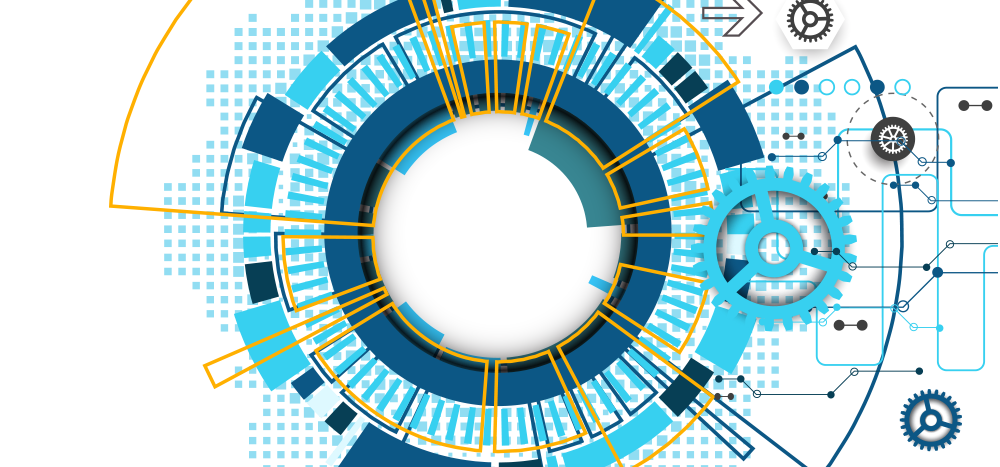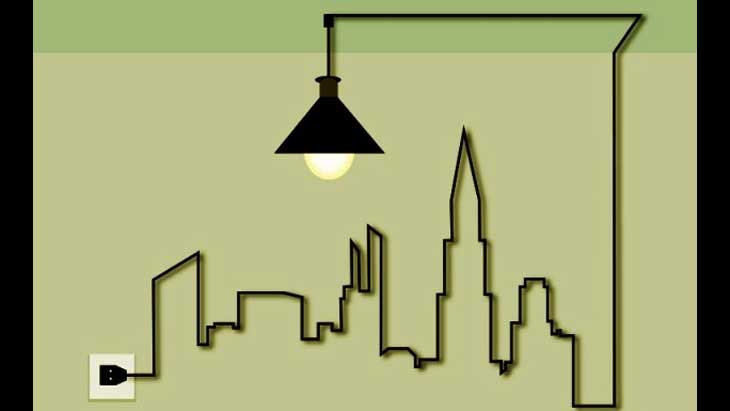Jakarta: Electricity is one of the essential energies that everyone around the world needs. But, did you know, Medcom friends , that electricity was discovered by accident?
How did it happen? Check out the article quoted from the theasianparent.com page:
History of electricity
Electricity was discovered around 600 BC. A Greek scholar named Thales accidentally discovered electrical energy.
Initially, he learned about electricity from events he observed around him. Thales noticed that amber rubbed against wool could attract light objects nearby.
The type of electrical energy discovered by Thales at that time was a form of static electricity. Unfortunately, at that time Thales had not discovered whether this could happen or what the name of the observed phenomenon was. However, this marks the inventor’s research into forms of electrical energy.
Electrical terms were used and research began
Thales was not the only person interested in electrical phenomena found in nature. Several archaeological studies on the history of electricity show that there were forms of use of electrical energy by people before them.
Then, in 1600, an English researcher named William Gilbert used the Latin word “electricus” to describe the form of energy discovered by Thales.
Several years later another British scientist , Thomas Browne, wrote several books and he used the word “electricity” which means “electricity” to describe the results of his research which developed from William Gilbert’s discoveries.
History of electricity from the discovery of German researchers and French physicists
Research on electricity continued with the discovery of Otto von Guericke, a German scientist in 1663. Guericke made the history of electricity by experimenting with sulfur balls rotating on wooden sticks which became the origin of the invention of the electric generator.
Guericke’s research was continued by French physicist Charles François du Fay who dissected the phenomenon of electrical energy until he found a definition of electric charge consisting of resinous or negative (-) and vitreous or positive (+) charges.
The history of electricity is related to the discovery of the great name Benjamin Franklin
In 1752, Benjamin Franklin, who had made many discoveries and contributed to the development of science, carried out experiments that succeeded in making a leap in the science of electricity.
Initially scientists were only able to reveal the existence of static electricity, but Benjamin Franklin proved that electricity can also be dynamic with the continuous flow of protons and neutrons.
Benjamin Franklin conducted research using kites that were flown during rain and lightning. He also used a key and a Leyden jar as a place to store the electric current captured from lightning by the kite.
After Benjamin Franklin’s research, research on electricity developed rapidly. Italian physicist Alessandro Volta discovered that certain chemical reactions could produce electricity, and in 1800, he built a voltaic pile which is known as the beginning of electric batteries that produce a stable electric current.
Not only that, Volta also created the first electrical transmission by connecting positively and negatively charged connectors and moving an electric charge, or what is called voltage, through them. This is also what made his name immortalized in a derivative unit in the International Standard (SI) for measuring differences in electrical voltage, namely Volts.
Electricity began to be developed to meet human needs
Electricity finally began to be developed to meet human needs after 1831. Michael Faraday became the figure who succeeded in creating an electric dynamo which was successful in providing electric current continuously and practically for use in everyday life.
The dynamo invented by Faraday was made using a magnet that was moved inside a coil of copper wire so that it could create a small electric current that flowed through the wire. This earned Michael Faraday the nickname “father of electricity”.
Faraday’s discovery led Thomas Alva Edison from America and British scientist Joseph Swan, who each discovered the incandescent filament light bulb in their respective countries around 1878. Although this had previously been discovered by other people, the incandescent light bulb was considered more practical because of its shape. which is light and can be used for hours.
Since then, electricity has begun to be widely used to meet human needs and has become essential or important energy. Until now, research on the use of electrical energy is still continuing by researchers throughout the world.

